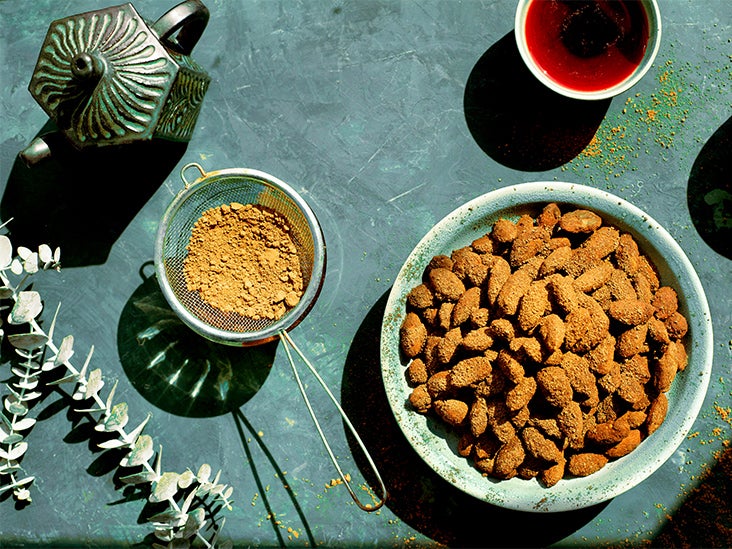July 2012
Ashwinikumar A. Raut, Nirmala N. Rege,1 Firoz M. Tadvi, Punita V. Solanki, Kirti R. Kene, Sudatta G. Shirolkar, Shefali N. Pandey, Rama A. Vaidya, and Ashok B. Vaidya
Abstract
Ashwagandha (Withania somnifera) (WS), a “rasayana” drug, is recommended for balavardhan and mamsavardhan. The study was intended to evaluate dose-related tolerability, safety, and activity of WS formulation in normal individuals.
The design was prospective, open-labeled, variable doses in volunteers. Eighteen apparently healthy volunteers (12M:6F, age:18-30 years, and BMI: 19-30) were enrolled.
After baseline investigations, they received WS capsules (Rx) (aqueous extract, 8:1) daily in two divided doses with increase in daily dosage every 10 days for 30 days (750 mg/day ×10 days, 1 000 mg/day × 10 days, 1 250 mg/day × 10 days). Volunteers were assessed for symptoms/signs, vital functions, hematological and biochemical organ function tests.
Muscle activity was measured by hand grip strength, quadriceps strength, and back extensor force. Exercise tolerance was determined using cycle ergometry. Lean body weight and fat% were computed from skin fold thickness measurement. Adverse events were recorded, as volunteered by the subjects.
Repeated measures ANOVA, McNemar's test, and paired t test were employed. All but one volunteer tolerated WS without any adverse event. One volunteer showed increased appetite, libido, and hallucinogenic effects with vertigo at the lowest dose and was withdrawn from study. In six subjects, improvement in quality of sleep was found.
Organ function tests were in normal range before and after the intervention. Reduction in total- and LDL- cholesterol and increase of strength in muscle activity was significant. Total body fat percentage showed a reduction trend. WS, in escalated dose, was tolerated well.
The formulation appeared safe and strengthened muscle activity. In view of its traditional Rasayana use, further studies are planned to evaluate potential of this drug in patients of sarcopenia.










